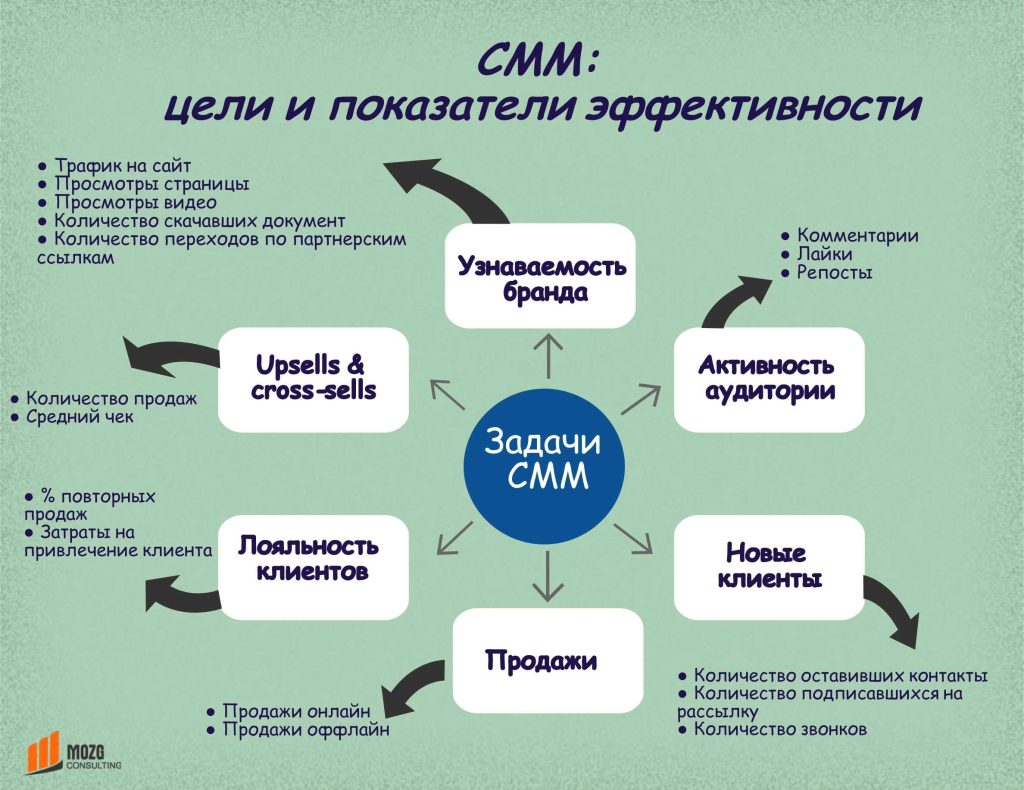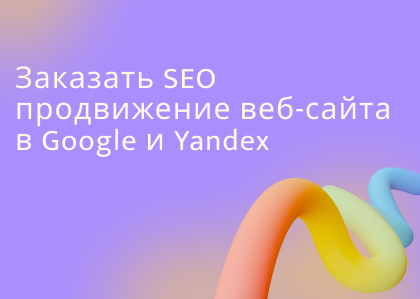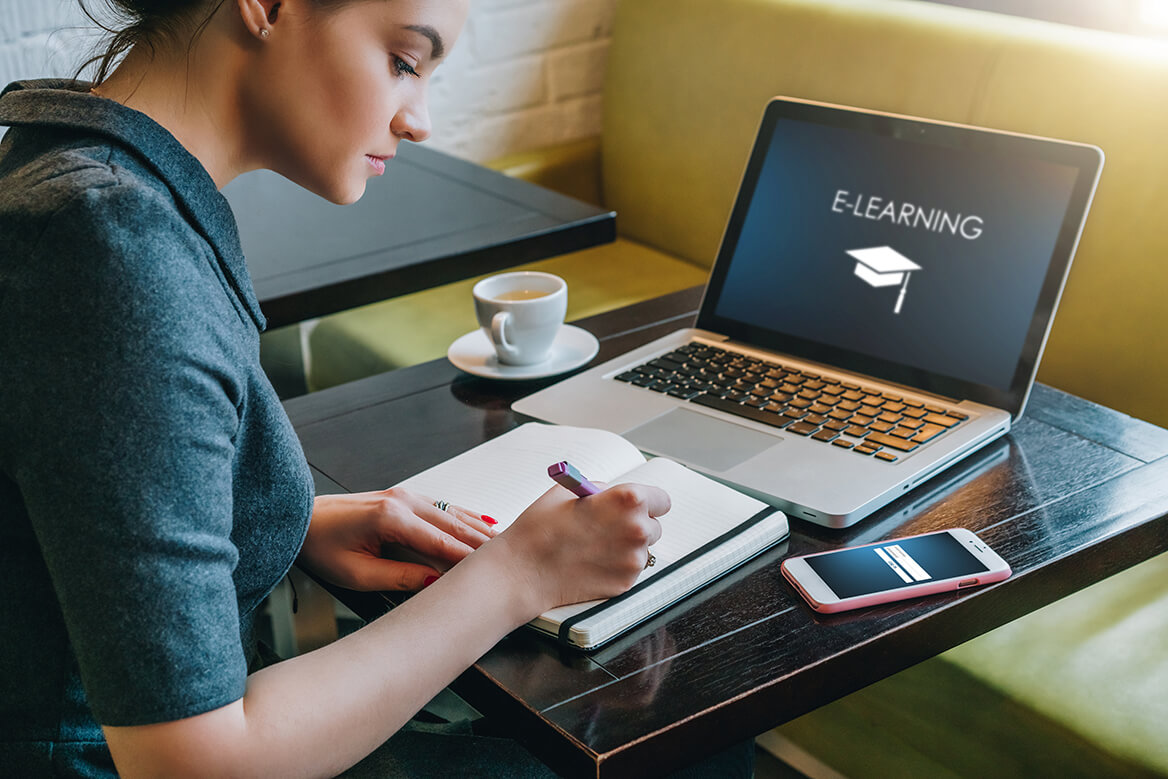In today's world, organizing events requires a comprehensive approach to promotion. Technology is rapidly evolving, opening up vast opportunities for online and offline marketing. In Tashkent, the capital of Uzbekistan, event organizers must take into account market specifics and utilize a variety of tools to successfully promote their events.
What and when to carry out?
The first and, at the same time, one of the key questions is determining the events and their timing. Is there a high and low season for attendance? Are regular in-person events necessary? How can online and offline formats be combined? This is just the tip of the iceberg when it comes to hosting master classes, creative evenings, tea parties with famous city figures, and other events.
Most business owners claim that the so-called high and low seasons do not exist.
It's important to carefully consider audience needs each month, stay up-to-date with current news, and consider customers' interests and concerns. When choosing a film to watch, we always consider the month, holidays, and the mood of our viewers and subscribers.
Here's how the cat cafe owner, Y.V., commented on the timing:
“When it comes to craft workshops and more specialized venues, clients prefer to attend master classes and creative evenings from October to May.”
A similar opinion is expressed by M.S., a representative of the ceramics studio:
"During the summer and before the New Year, as in many other industries, we experience a decline in traffic. The number of visitors drops significantly. Therefore, we work actively at the beginning of autumn and after the long winter holidays."
An experienced specialist from the Organica school noted interesting aspects of working with clients:
"In December, for example, we notice a noticeable drop in traffic from the 1st to the 15th—people are looking for gifts and don't have time for activities. By mid-month, they realize the best gift is a handmade surprise. So, from December 15th until the end of the year, the number of visitors increases significantly. However, no one takes into account that it takes several weeks to create our products, due to the specifics of the manufacturing process.
As for the number of events and master classes, it varies. It depends on the studio's capacity, the number of masters, and the school's popularity. We host between 150 and 500 events per month.
Every month, we welcome around 250-300 young potters. Our masters can't work with a large number of newcomers at once. The studio can accommodate up to 25 people at a time. At our open house, for example, we welcomed over 200 residents."
What events are we talking about?
Content preparation for online and offline events is similar. Content generation takes approximately 80% of preparation time, while the remaining 20% is spent on venue selection and organizational matters.
- Festivals
- Conferences
- Seminars
- Meetups
- Workshops
- Concerts
- Webinars
- Round tables
- Online courses
- Article marathons and other competitions.
All these events require unique content.
What types of content are used to promote events?
Landing page for an event
A landing page is a key tool for effective event management. The success of your event depends on its design, clear usability, and the content of the copy that should entice people to attend. If your event is aimed at a small audience or a limited number of people, posting information about the event on social media, contacting friends, and creating a simple page on the TimePad platform will suffice. However, if your event is large-scale and requires a wider audience, a well-designed landing page becomes an essential part of its organization.
Before starting website development, event organizers gather and define its concept and purpose. If you already have contacts and information about attendees from previous events, conducting a survey can help identify the most interesting topics and pressing issues. The survey responses can serve as the basis for the landing page copy. The main goal is to demonstrate the event's usefulness, its ability to solve specific problems, and explain why it's a must-attend event (excluding concerts and entertainment events).
What should be on the event website?
- The event title and format (paid or free). If the event is free, this should be stated on the first screen.
- Date of the event, duration of the event.
- Brief description (concept in 2-3 words). Long description (about
- (than, for whom, benefits).
- Speakers (who, where from, what topic – it is important to highlight the speaker’s expertise in the text).
- Program.
- Event address, directions + modes of transport. Ticket prices.
- Registration conditions.
- Name of the organizer, contact information of the organizers.

Texts for newsletters
It's essential to prepare all content for your newsletters in advance. It's also important to segment your subscriber base into those who have attended your events before and those registering for the first time. You can always make adjustments during the preparation process if necessary.
If you have an email list from previous events, be sure to use it to send invitations to the next event. Organizers also develop a series of emails for new registrants to maintain interest in the event and build anticipation.
Preliminary to the event
The higher the ticket price for your event, the more emails you'll need to prepare. Preliminary information should be informative and well-thought-out.
First, prepare an "Introduction and Registration Confirmation" letter. Let them know that you'll be sending helpful materials.
Here's an example of great content - it features a long and short version of the event, along with an organizational file that answers all your questions and reminds you to purchase the recording.
Warm-up emails—a series of messages about your event—are also essential. You can introduce the speakers and provide useful content on the topic, such as video tutorials, quizzes, or checklists. Here's a great example from Svetlana Demina, the organizer and inspiration behind the Email Show. Svetlana also recorded a series of podcasts with each Email Show speaker (and I also participated in them). She showcased each speaker's personality not only as professionals but also as engaging individuals.
Don't forget to send reminders the day before and on the day of the event. Provide detailed instructions, the event agenda, directions, and contact information. On the day of the online event, emails may arrive two hours before and 15 minutes before the event.
What other tasks need to be completed?
Gather information and talk about the event's sponsors: their products, discounts, special offers for participants, and other details.
Create a list of partners willing to promote your event to their target audience and prepare affiliate newsletters.

During the event
If the event lasts for several days, it's recommended to prepare a brief summary of the previous day, announce speakers' presentations, and remind participants of important points. Keep registered participants informed of all news.
My recommendation is to prepare templates for such letters in advance and gradually expand them with the necessary details and specifics. This way, you'll be able to complete everything on time.

After the event
It's recommended to send a warm thank-you email to all participants. Emails with participant feedback, promo codes, and gifts from sponsors are also effective.
Media announcements
Develop press releases about the upcoming event and send them to leading media outlets and popular bloggers in your industry.
Use social media to spread the word about the event through posts and advertisements, drawing attention to upcoming performances and exciting features.
Affiliate programs
Establish partnerships with other organizations or influential individuals in your field. Invite them to participate in the event or ask them to spread the word about it to their audience.
Develop a referral rewards program that rewards event attendees for inviting their friends and colleagues.
Streaming on social media
Create a live streaming schedule on platforms like YouTube, Facebook, or Instagram. Organize interviews with speakers and showcase engaging content related to the event.
Actively engage with your audience during your streams, responding to questions and comments to build engagement and interest.
Photo and video content
Create engaging photos and videos that capture the atmosphere of the event and highlight key moments. Publish them on your social media pages and invite event attendees to share their photos using special hashtags.
Create after-sales videos that include speaker interviews, reviews, and attendee testimonials to continue generating interest and attracting new attendees in the future.
Highlights on social media
Create engaging and informative highlights that showcase key moments from the event. Highlight key points, such as speaker presentations, interesting facts, or captivating moments, and share them on your social media pages. This will help attract potential attendees and generate interest.
Special hashtags
Create unique hashtags for your event and encourage attendees to use them when communicating on social media. This will make it easy to track and aggregate event-related content and generate conversation around it.
Chatbots
Use chatbots on your website or social media to engage with potential attendees. Chatbots can provide event information, answer questions, and assist with the registration process. They can also send notifications and reminders about upcoming events.
Reviews and user-generated content
Encourage attendees to share their event experiences and post reviews on social media or dedicated platforms. User-generated content, such as photos or videos of the event, is a powerful promotional tool, as it showcases real-life experiences and attracts new potential attendees.
Outdoor advertising and leaflets
If the event is offline, use outdoor advertising such as billboards or advertising panels to attract the attention of passersby. Distribute flyers in offices, universities, high-traffic areas, and other relevant locations to reach a wider audience.
Combining all of these strategies will allow you to promote your events as effectively as possible and attract the attention of your target audience both online and offline.

5 Common Mistakes in Online Event Engagement
Getting people to an event online can be a daunting task, but you can avoid the mistakes many promoters make.
Mistake 1: Excessive text and complex registration
Simplify the registration page. The main goal of this page is to make registration attractive and streamline the process.
Use visual elements as they are quicker and easier for the brain to process, unlike text which can be perceived as a lot of small images.
Attraction through social networks
Use information people will remember. If you add an image, they'll remember up to 65%. Remember, these numbers are fictitious, but they create a more compelling impression. You don't have to be fictitious; just use visual aids.
Replace dry numbers with information presented as infographics, if possible. Instead of describing a product's appearance, such as "an elegant clear glass saucepan," showcase it with high-quality illustrations that show how the food is prepared and how the saucepan looks on the table.
And, of course, try to make the registration form simple, with a minimum number of fields. The fewer hurdles people have to jump through to register for an event, the less likely they are to make a mistake.
Mistake 2. Not enough time
Plan enough time to attract people to your event. Keep in mind that various online engagement methods will require time to complete.
Start promoting your event a month in advance through accessible and affordable channels, such as social media or email newsletters. Use paid channels, such as targeted advertising or media advertising, closer to the event date, but give them at least two weeks to get going.
Mistake 3: Single-channel approach
Use all available digital tools to announce your event. Don't be shy about being an effective promoter. Spread the word about the upcoming event everywhere—on your website, blog, social media pages, through email newsletters, and guest posts.
Make full use of the capabilities and formats of various social media platforms. For example, launch a series of stories and videos on Instagram, use memes on VKontakte, and share all the benefits of the event on Facebook. This approach will help increase your audience reach and avoid annoying users who follow you on different social networks with the same type of content.
Mistake 4: Focusing only on advertising
Think beyond advertising—aim to influence your audience. Mechanically completing tasks on a checklist isn't the best way to promote an event.
Your content should have an impact on people. You should make them want to attend your event. They should be confident that your event delivers what you promise. Publishing reviews about you will also help people make decisions:
Attraction through social networks
Your audience can be different—hot, warm, or cold—and each requires a different approach. Testimonials from satisfied customers are universal materials. They impress all audience types and are useful for any business.
A "hot" audience is ready to sign up for your event, so there's no need to explain them in detail. The key is to create a simple, easy-to-use environment for attendees to sign up.
Advertising isn't as effective for "warm" and "cold" audiences. You need to use content that will capture their attention. Talk about the event's features, the problems they'll solve at your event, and address their concerns.
To learn when it's best to avoid live broadcasts and contests, and what irritates and attracts subscribers to commercial accounts, see "How to Warm Up Your Audience on Social Media – SMM Strategist Elena Belchenko."
Mistake 5: Not catching up with visitors
Use retargeting. This means showing paid ads to people who visited your landing page but for some reason didn't convert. Perhaps they were distracted by a call or had to deal with other urgent matters and forgot about you. Retargeting will help remind them.
How to attract people to an offline event
Be careful with retargeting to avoid annoying those who have already signed up for your event.
Here are some more tips for working with targeted and retargeting advertising:
Segment your audience. Yes, this is important. Create segments of users similar to your customers. Segment your audience by social, geographic, and demographic factors—a businessman's interest in an event is likely different from that of a housewife.
Use standard advertising techniques. Create a compelling headline, add urgency, use a countdown timer, and provide specific numbers. If you want to highlight reasonable savings at an event, show how your previous clients' financial situation improved as a percentage, and provide evidence in the form of attendee testimonials. Include keywords in the headline and don't forget a clear call to action.
Test your ads. Always.
Conclusion
Successful event promotion in Tashkent requires a comprehensive approach that takes into account both online and offline channels. Online promotion allows you to reach a wide audience and utilize a variety of digital tools, such as a website, social media, email newsletters, and content marketing. However, don't forget the importance of following and engaging with your audience offline, for example, through printed advertising materials, direct contact, and participation in local events.
Avoid common mistakes such as underutilizing various communication channels, focusing solely on advertising, and under-reaching your audience. It's recommended to segment your audience, use retargeting, and create engaging advertising materials with a clear call to action.
Successful event promotion in Tashkent requires continuous testing and analysis of results, as well as adapting strategies to changing target audience demands and preferences. Modern digital tools and technologies offer numerous opportunities for effective promotion and event engagement in Tashkent.







